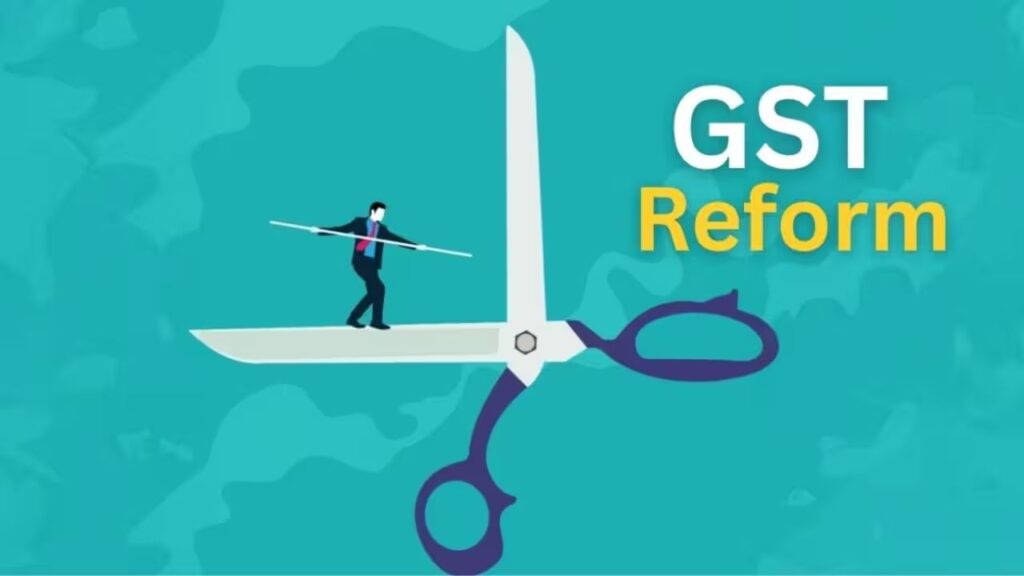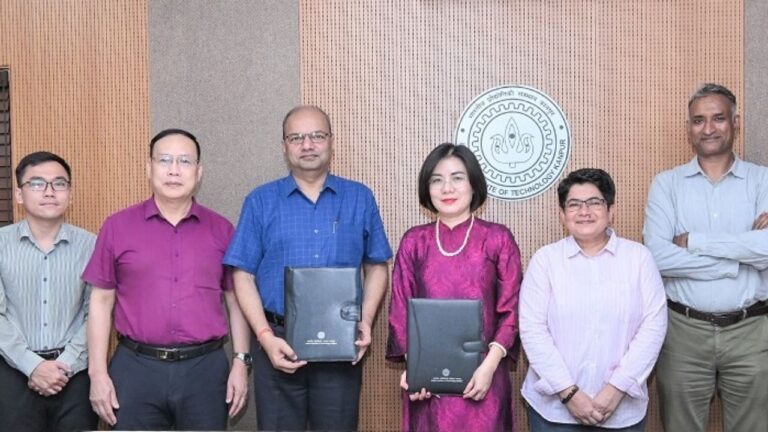
Eight years after the rollout of the Goods and Services Tax (GST), the Centre has drafted a comprehensive plan for GST 2.0 aimed at simplifying India’s indirect tax regime. The blueprint, circulated this week, proposes a two-rate structure with 5% for essential goods and 18% for most other items.
If approved by the GST Council, the new structure will scrap the existing 12% and 28% slabs, phase out the compensation cess before March, and introduce a higher 40% levy on so-called “sin goods.”
According to officials, essential items such as food, medicines, medical devices, stationery, and educational products will either remain tax-free or fall under the 5% bracket. Everyday household products like hair oil and toothbrushes will also be covered under the lower rate. Items more commonly associated with middle-class consumption, including televisions, refrigerators, and air conditioners, are likely to be taxed at 18%. However, clarity is still awaited on how automobiles and cement—currently under the 28% category—will be treated.
The blueprint also suggests a significant reduction in GST rates on health and term insurance, a move that has been under consideration for several months. Other sectors such as handicrafts, textiles, fertilisers, renewable energy, agriculture-related goods, and farm equipment have also been marked for special focus.
Government officials believe the rationalisation will end long-standing classification disputes that have led to confusion over products like namkeens, parathas, buns, and cakes, which currently face different rates depending on their ingredients. At the same time, concessional rates of 0.25% on diamonds and precious stones and 3% on jewellery will continue to support industry-specific needs.
“The aim is to introduce a simpler and more transparent tax system. With most goods in the 12% and 28% categories moving to lower slabs, the overall tax burden on citizens and businesses will come down,” a senior official explained. Almost 99% of the products currently taxed at 12% are expected to shift to the 5% bracket, while a smaller share may move to 18%.
The move is also expected to reduce the weighted average GST rate, which has already fallen to 11.6% since 2017, and bring further relief to consumers as well as industry.
The proposals will be taken up for discussion by a group of state finance ministers on Thursday, before being presented to the full GST Council for final approval.






